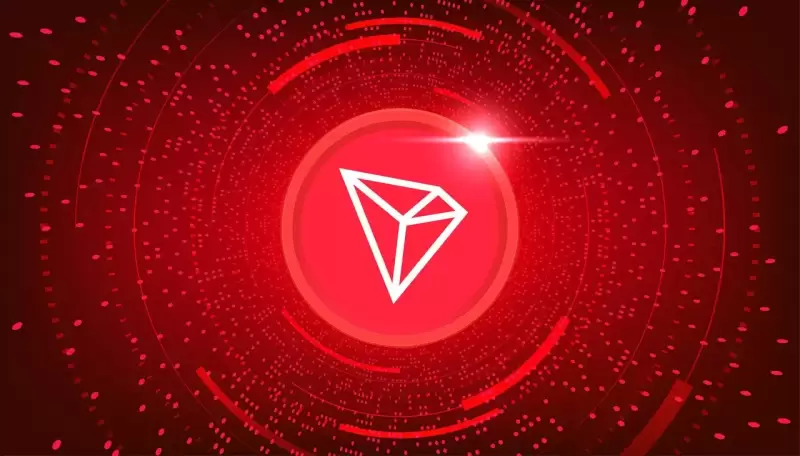 |
|
 |
|
 |
|
 |
|
 |
|
 |
|
 |
|
 |
|
 |
|
 |
|
 |
|
 |
|
 |
|
 |
|
 |
|
Bittensor is challenging centralized AI systems through developing a decentralized AI network powered by blockchain and driven by incentives. TAO is the native token

Bittensor is aiming to build a decentralized AI network with blockchain and token incentives, in contrast to the dominant centralized systems like OpenAI's ChatGPT.
Key Takeaways:
Bittensor's goal is to create a decentralized network of AI systems that operate like a global brain or ‘Neural Network’, which allows AI systems to learn from each other and evolve collectively.
The Yuma Consensus evaluates the contributions of network participants by aggregating evaluations assigned by validators to miners. Those who contribute more effectively to the network's intelligence are rewarded accordingly.
The TAO token is used for registration, staking, and as payment for services within the network, facilitating all economic activities on Bittensor.
The Role of Decentralized AI in the Future of Technology
Over the last two years, artificial intelligence has progressed at an unprecedented rate but at the same time raised serious concerns around issues like data ownership, algorithmic bias, and centralized control.
Several projects are innovating at the intersection of AI and blockchain to help build a more open and trustworthy AI ecosystem.
“The discovery problem is happening with AI right now—you have something that was inherently based on sharing information, sharing research, sharing science. It (was) completely open and (is) now closed into five companies, and these five companies are building tools that we will all become entirely dependent upon; and because they're so complicated, we have no idea how to verify the correctness. We have no idea to verify how they work, what they're actually doing. And because we become so dependent on them, if you let just a few months or a few years go by it becomes too late because those dependencies are so strong so I think it really important that we have an open source alternative to these closed companies.”
Jack Dorsey & Lyn Alden | The Power of Open Source
Bittensor Network: The Neural Internet with Subnet Architecture
Bittensor operates as a decentralized network of AI models, where miners run AI models across 93 subnets to compete based on specific criteria. Subnets on Bittensor are specialized mini-networks that focus on specific AI tasks, where models compete for rewards (TAO) based on performance, and their performance is assessed and ranked by validators.
The subnets handle tasks such as text generation, image generation, text-to-speech, and model fine-tuning as we will see below.
The core idea is that monetary incentives will naturally attract the top-performing models and innovators to the most relevant subnets, which creates a "horse racing for AI models" environment.
Bittensor is an ideal platform for projects looking to solve computationally expensive AI problems with a high demand. Some advantages of building on Bittensor include:
The verification system, which ensures the accuracy and quality of the AI-generated data through the miner-validator loop.
The ability to deliver cost-effective solutions by replacing human annotators with LLMs.
The potential for monetization of the digital commodity.
Those who contribute more effectively to the network's intelligence are rewarded accordingly.
Why Bittensor Matters
Bittensor was founded on the idea that anyone with specialised resources and knowledge could contribute to decentralized AI. At the same time, by creating competition within its ecosystem, Bittensor ensures that only the most efficient, reliable, and innovative subnets are rewarded with more TAO tokens, while subnets with lower performance receive less TAO tokens and may even be removed from the network.
One key element of Bittensor is its decentralized nature, which reduces the risk of a single entity controlling the flow of information and censoring content. While centralized platforms are currently acting in ‘good faith’, they remain opaque, and there's always the possibility that this could change in the future.
A decentralized environment like Bittensor could offer a higher degree of censorship resistance, which is a significant selling point as mainstream AI platforms become increasingly trained to avoid sensitive topics or provide biased responses. We understand that the value of an alternative AI solution that tells the "truth" becomes exponentially higher.
How Bittensor Works
The Bittensor ecosystem consists of a diverse range of participants, all of whom help to ensure that the best AI models rise to the top.
Subnet owners: Individuals or organizations that devise the model for their subnet, its incentive mechanism, and develop the code for both miners and validators.
Miners: Miners that host the AI models available to the subnet, and are responsible for processing queries and generating knowledge. They receive TAO based on their contributions to the network.
Validators: Validators act as evaluators within the network, assessing the quality and effectiveness of AI models when managing user requests.
Delegators: Delegators can stake TAO to a validator to receive a share of rewards earned by the validator.
Consumers: Consumers are end-users that query the network, and pay for this information with TAO.
What Are Subnets on Bittensor?
Bittensor is a Layer 1 blockchain with subnets
Disclaimer:info@kdj.com
The information provided is not trading advice. kdj.com does not assume any responsibility for any investments made based on the information provided in this article. Cryptocurrencies are highly volatile and it is highly recommended that you invest with caution after thorough research!
If you believe that the content used on this website infringes your copyright, please contact us immediately (info@kdj.com) and we will delete it promptly.
-

-

-

-

-

-

- The Impending Launch of the $ZORA Token Has Been Significantly Amplified by the Recent Emergence of "Content Coins"
- Apr 22, 2025 at 07:15 pm
- The impending launch of the $ZORA token, the native asset of the NFT-focused layer-2 network Zora, has been significantly amplified by the recent emergence of "content coins," a concept championed by Jesse Pollak
-

-

-





























































